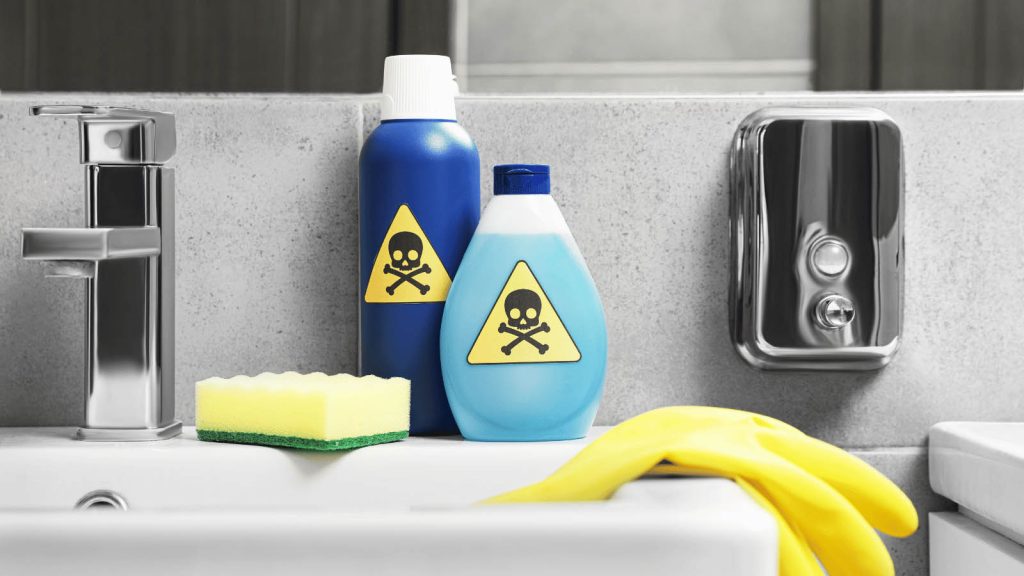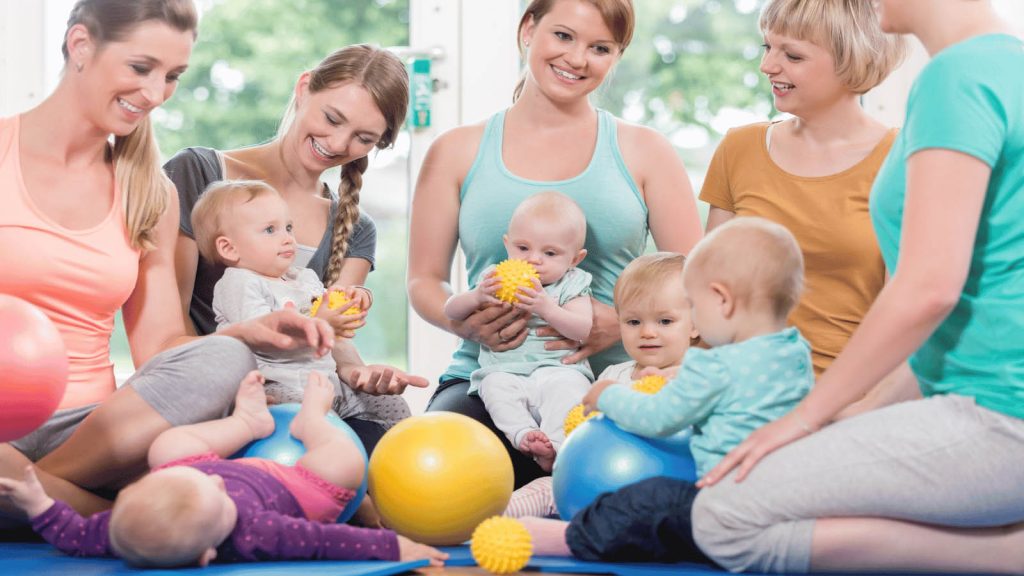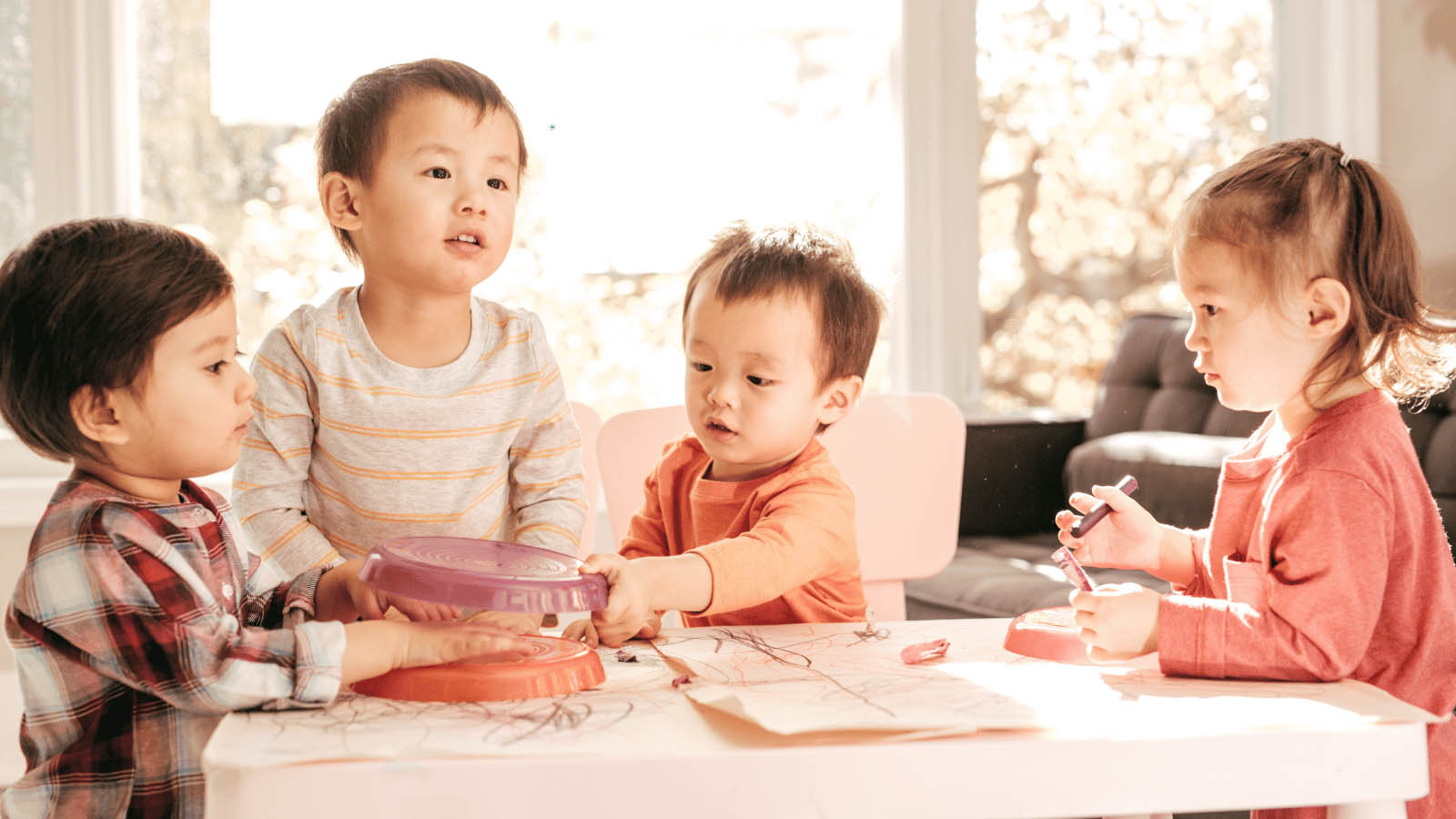Welcoming a new addition to the family is exciting, but it also comes with a heightened sense of responsibility, especially when it comes to ensuring the safety for Infants & Toddlers at home. From sharp corners to electrical outlets, everyday household items can pose potential risks to infants and toddlers. In this comprehensive guide, we’ll explore practical tips and strategies to help you safeguard your home and create a secure environment for your precious bundle of joy.
Household Hazards for Infants & Toddlers
Ensuring a safe environment for infants and toddlers is paramount for their well-being and development. Here are ten essential tips to help you mitigate common household hazards.
As parents, caregivers, or guardians, ensuring the safety of our little ones is our top priority. By taking proactive measures to identify and address potential hazards in our homes, we can create a secure environment where our infants and toddlers can explore and learn safely.
Childproofing Essentials for Infants & Toddlers
Childproofing your home is the first step in creating a safe environment for infants and toddlers. Install safety gates at the top and bottom of stairs, secure furniture to the wall to prevent tipping, and use outlet covers to protect curious fingers from electrical hazards.
Safe Sleep Practices for Infants & Toddlers
Create a safe sleep environment for your baby by placing them on their back on a firm mattress with no pillows, blankets, or toys. Avoid overheating by dressing your baby in light sleep clothing and maintaining a comfortable room temperature.
Kitchen Safety for Infants & Toddlers
Install cabinet locks and stove guards to keep kitchen hazards out of reach. Store cleaning products and sharp utensils in locked cabinets, and never leave hot liquids or foods unattended on countertops.
Bathroom Safety for Infants & Toddlers
Prevent slips and falls in the bathroom by using nonslip mats in the bathtub and placing a cushioned cover over the faucet. Keep medications, toiletries, and cleaning supplies in locked cabinets or high shelves.

Choking Hazards for Infants & Toddlers
Be mindful of small objects that could pose choking hazards to young children, such as coins, buttons, and small toys. Keep these items out of reach, and regularly inspect the floor for any potential risks.
Secure Furniture and Electronics for Infants & Toddlers
Anchor heavy furniture, such as bookcases and dressers, to the wall to prevent tipping accidents. Use cord organizers to secure blinds and curtain cords and keep electronic devices out of reach.
Pet Safety for Infants & Toddlers
Supervise interactions between pets and young children and teach children how to behave around animals. Keep pet food and water dishes out of reach, and designate pet-free zones in the home.
Fire Safety for Infants & Toddlers
Install smoke detectors on every level of your home and test them regularly. Create a fire escape plan and practice drills with your family, and keep fire extinguishers readily accessible in critical areas.
Window and Balcony Safety for Infants & Toddlers
Install window guards or safety netting to prevent falls from windows and balconies. Keep furniture away from windows to discourage climbing, and never leave windows open and unattended.
Pool Safety for Infants & Toddlers
If you have a pool or access to one, install a fence with a self-latching gate to prevent unsupervised access. Enroll children in swimming lessons at an early age and always supervise them around water.

Staying Vigilant: A Parent's Responsibility
Observing Child Behavior
Pay attention to your child’s behavior and developmental milestones. Understanding their curiosity and tendencies can help you anticipate potential risks and take preventive measures accordingly.
Regular Safety Checks
Perform regular safety checks throughout your home to identify and address any hazards promptly. As your child grows and develops, reassess your childproofing measures to ensure they remain effective.
Seeking Support and Resources
Parenting Communities
Join parenting communities or forums where you can exchange tips, advice, and experiences with other parents. Learning from the experiences of others can provide valuable insights and support.
Pediatricians and Child Safety Experts
Consult pediatricians and child safety experts for guidance on creating a safe environment for your little one. They can offer personalized recommendations based on your child’s unique needs and developmental stage.

Empowering Children with Knowledge
Teaching Safety Rules
Educate your child about basic safety rules, such as not touching hot surfaces, avoiding unknown substances, and seeking help from a trusted adult when in doubt. Empowering them with knowledge can help prevent accidents and injuries.
Encouraging Open Communication
Create a safe and open environment where your child feels comfortable discussing any concerns or questions they may have about safety. Encourage them to speak up if they encounter something unsafe or unfamiliar.
Frequently Asked Questions (FAQs)
When should I start childproofing my home?
- It’s best to start childproofing your home before your baby becomes mobile, typically around six months of age.
What are some common choking hazards for infants and toddlers?
- Common choking hazards include small toys, coins, buttons, marbles, and food items such as grapes, hot dogs, and nuts.
How often should I test my smoke detectors?
- Smoke detectors should be tested monthly to ensure they are functioning correctly. The batteries should be changed at least once a year.
Are there any specific guidelines for safe sleep practices for infants?
- Yes, the American Academy of Pediatrics recommends placing babies on their backs to sleep on a firm mattress with no soft bedding or toys in the crib.
How can I teach my child about fire safety?
- Teach your child about the dangers of fire and how to respond in case of a fire emergency. Practice fire drills regularly and designate a meeting spot outside the home.
What should I do if my child ingests something toxic?
- If you suspect your child has ingested something toxic, call Poison Control immediately and follow their instructions. Do not induce vomiting unless instructed to do so.
Conclusion
By implementing these practical tips and strategies, you can significantly reduce the risk of common household hazards for infants and toddlers, creating a safe and nurturing environment for your little ones to thrive i
In conclusion, safeguarding your home against common household hazards for infants and toddlers requires proactive measures, vigilance, and ongoing education. By prioritizing safety, seeking support when needed, and empowering our children with knowledge, we can create a nurturing environment where our little ones can thrive and explore safely.

Lucky, a dedicated professional in the field of baby safety, brings expert advice and guidance as a seasoned consultant. With a passion for ensuring the utmost security for little ones, Lucky’s insights and recommendations are invaluable resources for parents seeking peace of mind.




